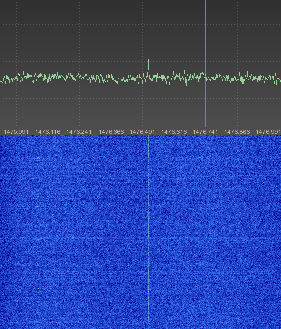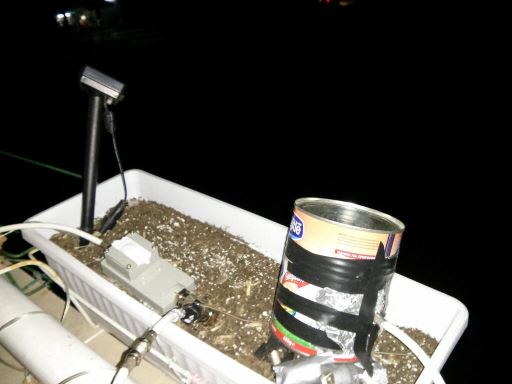Listening to Spacewalk Communications from the International Space Station
Over on YouTube user LEGION ELMELENAS has uploaded a video showing his reception of voice communications from a Russian spacewalk on the International Space Station (ISS).
Legion used a Funcube Dongle Pro+ which is a software defined radio USB dongle similar to the RTL-SDR, but with better performance and higher cost. He also used a home made turnstile antenna, the SDRSharp software and the Orbitron satellite tracking software to automatically correct for the signals doppler shift as the ISS flies over.


